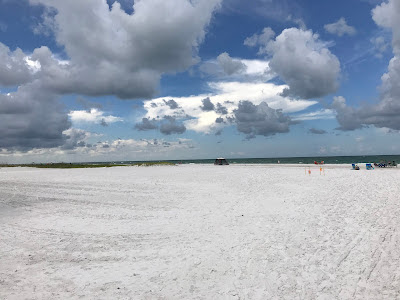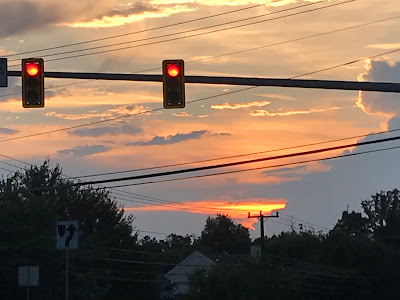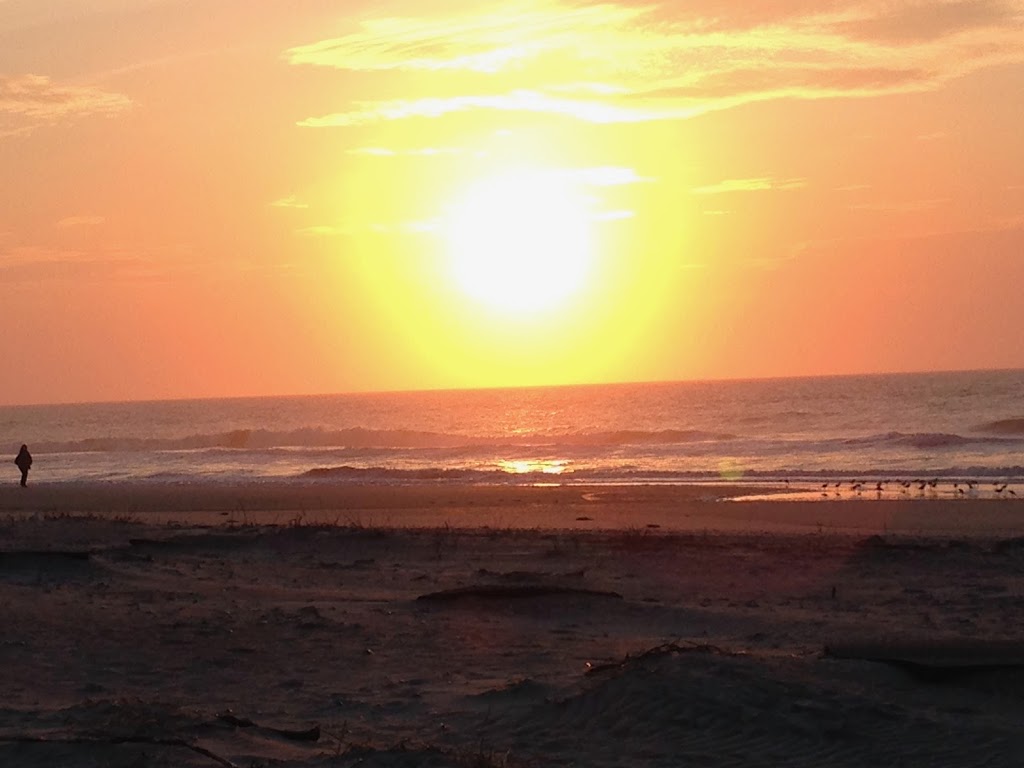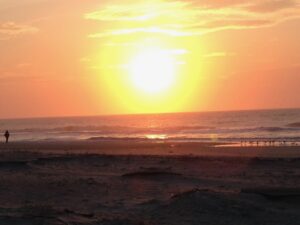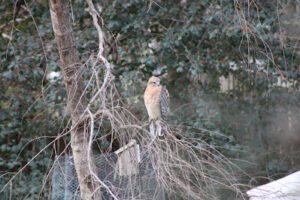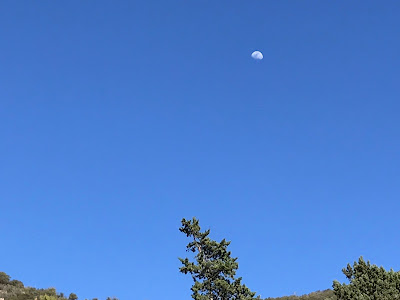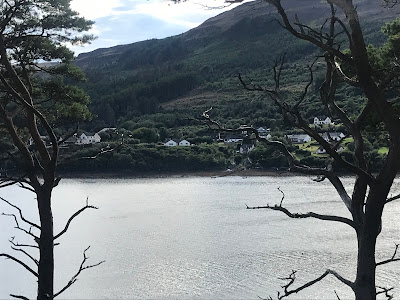Sand: An Appreciation
A return yesterday to the coolest weather I’ve experienced in weeks. No heat wave, no subtropical humidity. Instead, a pleasant warmth and weight to the air. I can’t say I miss the heat, but I do miss the beach, the breeze, even the sand.
Yes, it sticks to the back of the legs and collects in the shower drain despite best attempts to wipe it off at the door. But sand is a most amazing element.
I think of my beach walks, striding across the fluffy stuff to find the hard-packed sand at water’s edge, constantly adjusting my route based on wave reach and tide.
I think of the bounce in my step sand provides: what a wonderful striding surface it is.
My beach trip may be over, but the memories remain. And a little of the sand does, too.


